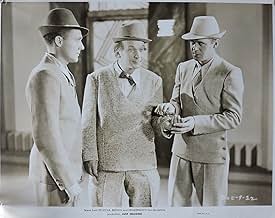New York, 1980: Scientists revive a man struck by lightning in 1930 and call him ‚Single O.' He is befriended by J-21, who can't marry the girl of his dreams before he goes on an expedition ... Read allNew York, 1980: Scientists revive a man struck by lightning in 1930 and call him ‚Single O.' He is befriended by J-21, who can't marry the girl of his dreams before he goes on an expedition to Mars with a friend and stowaway Single O.New York, 1980: Scientists revive a man struck by lightning in 1930 and call him ‚Single O.' He is befriended by J-21, who can't marry the girl of his dreams before he goes on an expedition to Mars with a friend and stowaway Single O.































